

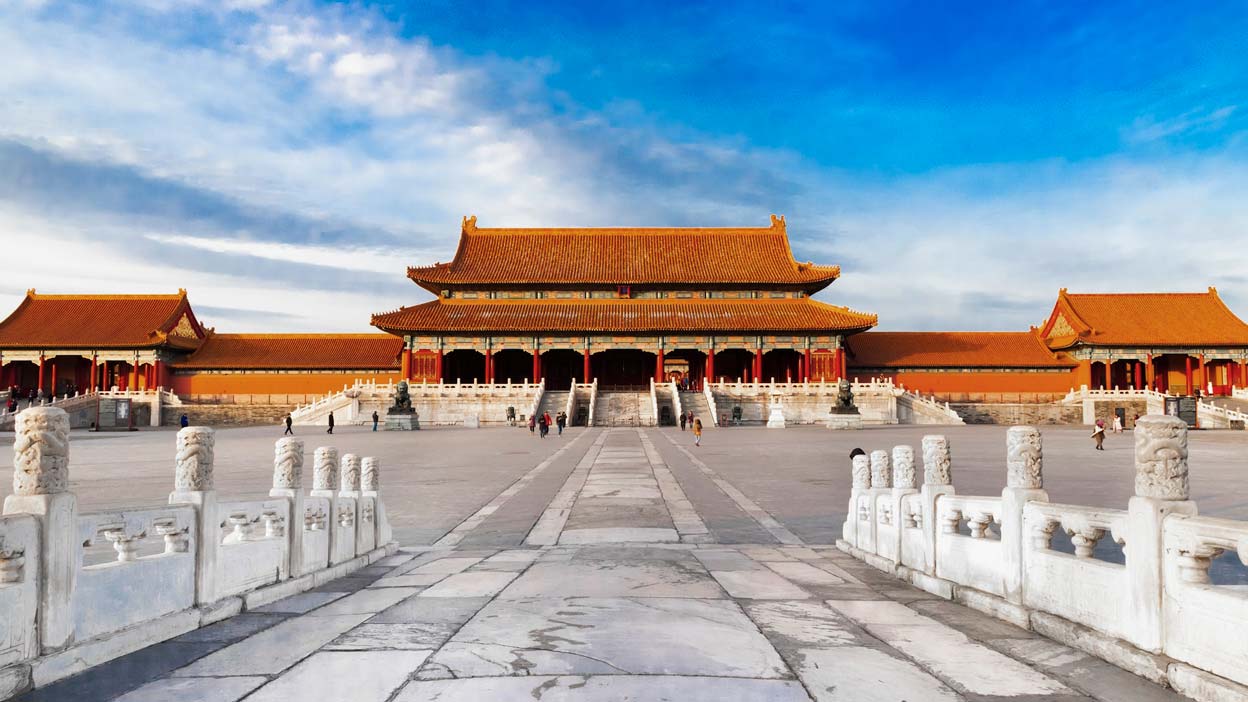
Welcome to our comprehensive guide to the Forbidden City, one of China’s most iconic historical landmarks. In this article, we’ll answer some frequently asked questions about this magnificent imperial palace complex, taking you on a journey through its rich history, grand architecture, and cultural significance. So, let’s dive in!
The Forbidden City, also known as The Palace Museum, is a sprawling imperial palace complex located in the heart of Beijing, China. It is an architectural masterpiece that served as the political and ceremonial center of the Chinese empire for nearly five centuries. The Forbidden City holds the distinction of being a UNESCO World Heritage site and is renowned for its outstanding preservation of traditional Chinese palatial architecture.
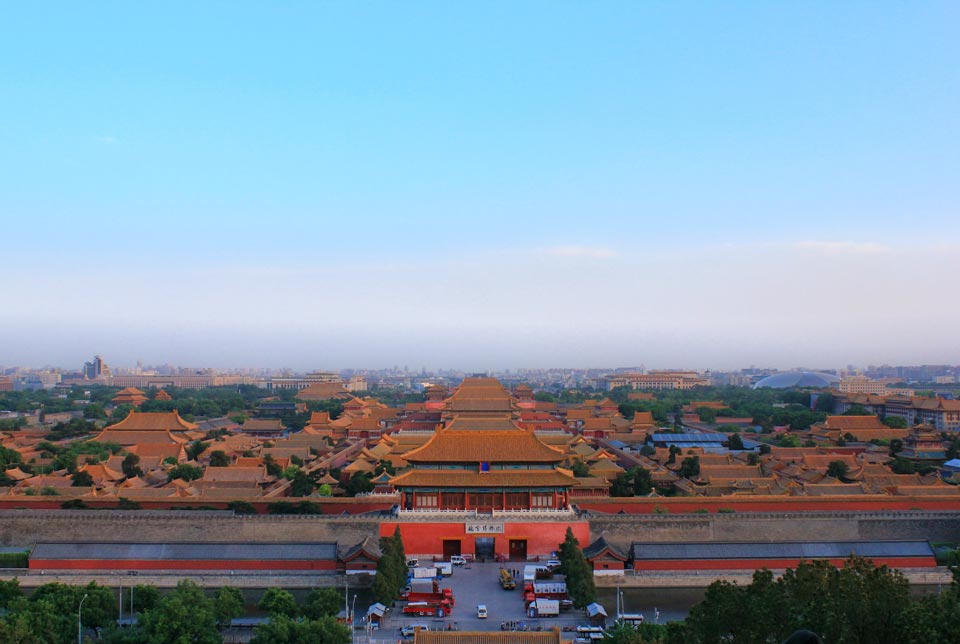
Situated in Beijing, the Forbidden City occupies a central position just north of Tiananmen Square. It spans an impressive area, covering approximately 180 acres (728 434 Square meters or 871 199 square yards). Its strategic location reflects its historical importance as the symbolic heart of the Chinese empire.
The construction of the Forbidden City was commissioned by Emperor Zhu Di, also known as Emperor Yongle of the Ming Dynasty. Zhu Di envisioned a grand palace complex that would establish his authority and symbolize the might of the Chinese empire. With meticulous planning, skilled architects, and vast resources, the construction began in 1406 and was completed in 1420.
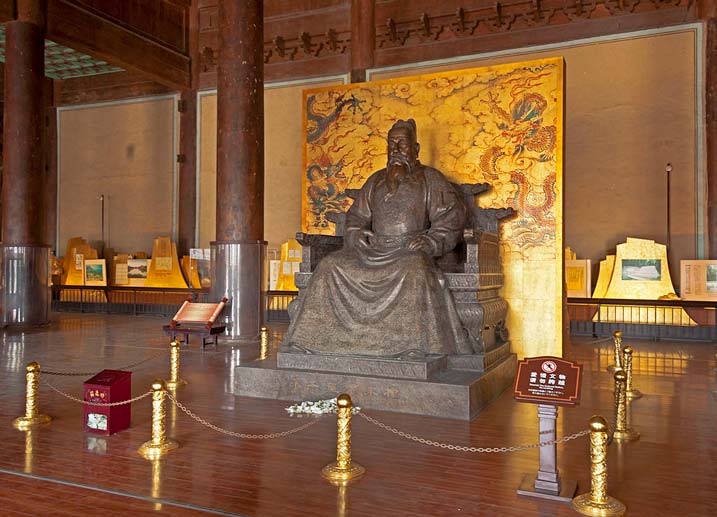
As previously mentioned the construction of the Forbidden City commenced in 1406, marking its inception over six centuries ago. This awe-inspiring architectural wonder took more than 14 years to complete, with the final touches being added in 1420. Since then, it has stood as a testament to China’s rich history and cultural heritage.
The sheer size of the Forbidden City is truly an impressive feat! Covering an expansive rectangular area of approximately 180 acres (728 434 Square meters or 871 199 square yards), it contains a total of 980 buildings and over 9 000 individual rooms! The complex consists of grand halls, beautiful pavilions, magnificent gardens, and intricate courtyards. To explore every nook and cranny of the Forbidden City is to embark on a captivating journey through centuries of Chinese imperial history.
The palace complex is divided into two main sections: the Outer Court and the Inner Court. The Outer Court, located in the southern part of the Forbidden City, was where grand ceremonies and important state affairs took place. The Inner Court, situated in the northern part, served as the private living quarters of the emperor and his family.
As you wander through the Forbidden City, you’ll come across numerous exquisite structures, each with its unique architectural style and historical significance. From the majestic Hall of Supreme Harmony (Taihe Dian), where the emperor held important ceremonies, to the tranquil Imperial Garden, adorned with pavilions and rockeries, every corner of the Forbidden City showcases the grandeur and power of the Chinese imperial era.
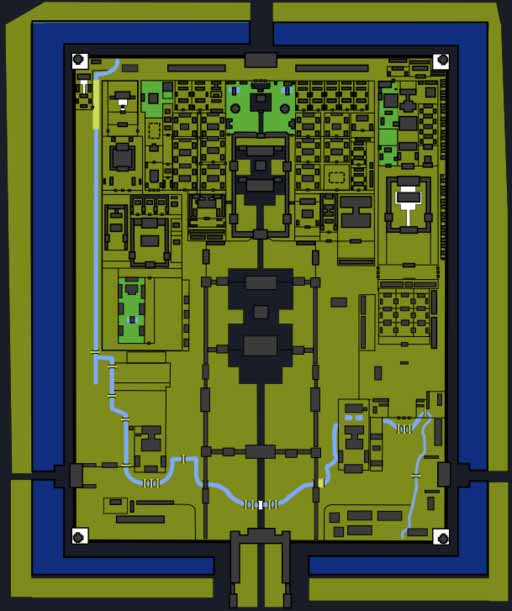
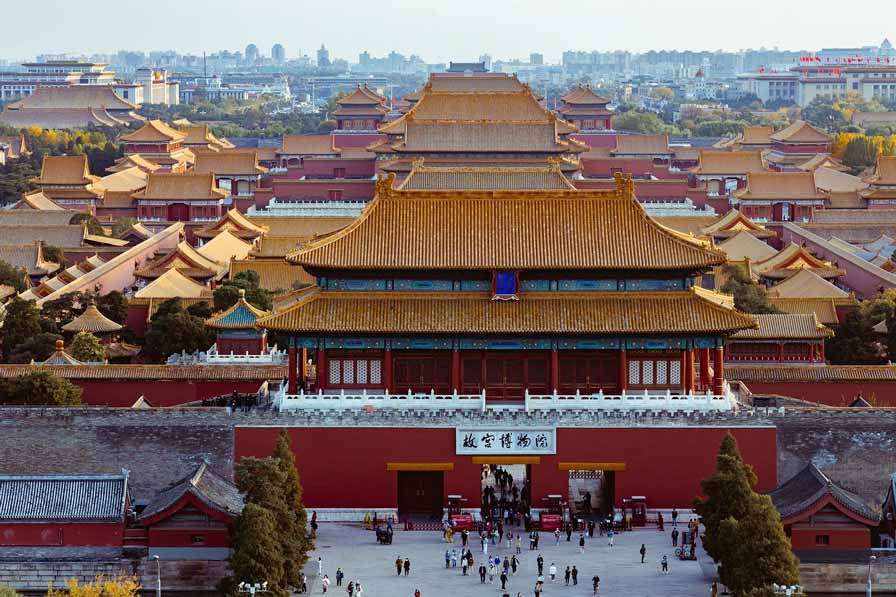
The Forbidden City served as the imperial palace, serving as the residence of Chinese emperors and their families. It also housed the imperial court, where political affairs were conducted, and state offices were located. The complex was not only a center of power but also a venue for grand ceremonies and important events, showcasing the grandeur and influence of the Chinese empire.
The Forbidden City was not just a physical structure but also a microcosm of the Chinese universe. It was designed based on the principles of feng shui, incorporating harmony with nature and the belief in cosmic balance. The layout and architecture of the Forbidden City reflect the hierarchical structure of the imperial court, with each building and courtyard carefully positioned to convey the emperor’s supreme authority.
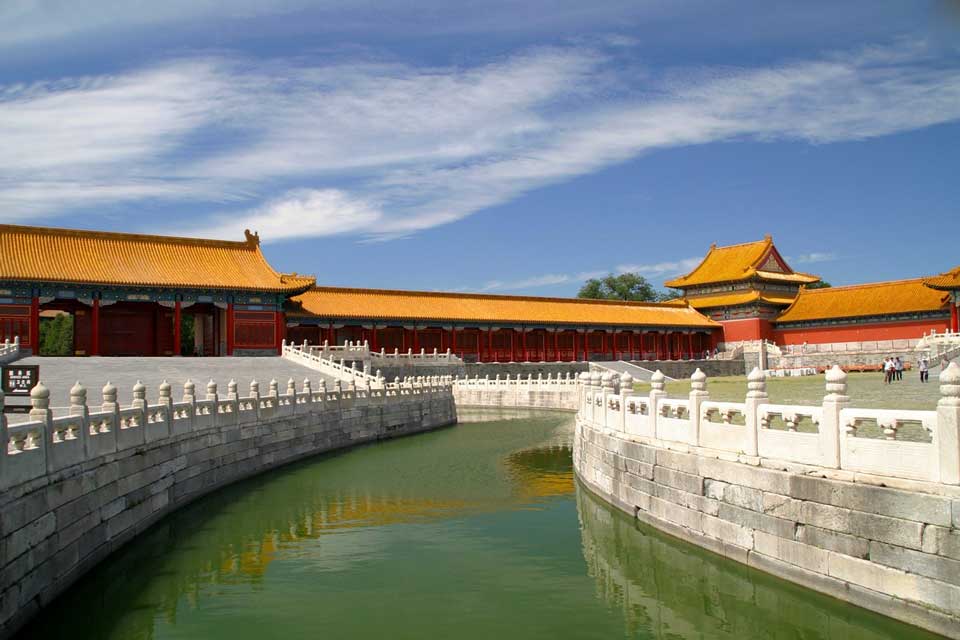
The name “Forbidden City” derives from the exclusive nature of this magnificent palace complex. In ancient China, access to the Forbidden City was strictly restricted, making it off-limits to the general public. Only the emperor, his family, and a select group of officials were allowed entry. This aura of secrecy and exclusivity led to the moniker “Forbidden City.”
The Forbidden City was not just a residence but also a political stronghold, designed to project power and awe. It was surrounded by high walls and a deep moat, acting as a protective barrier against potential threats. The intricate network of gates, bridges, and watchtowers ensured the security and seclusion of the imperial family.
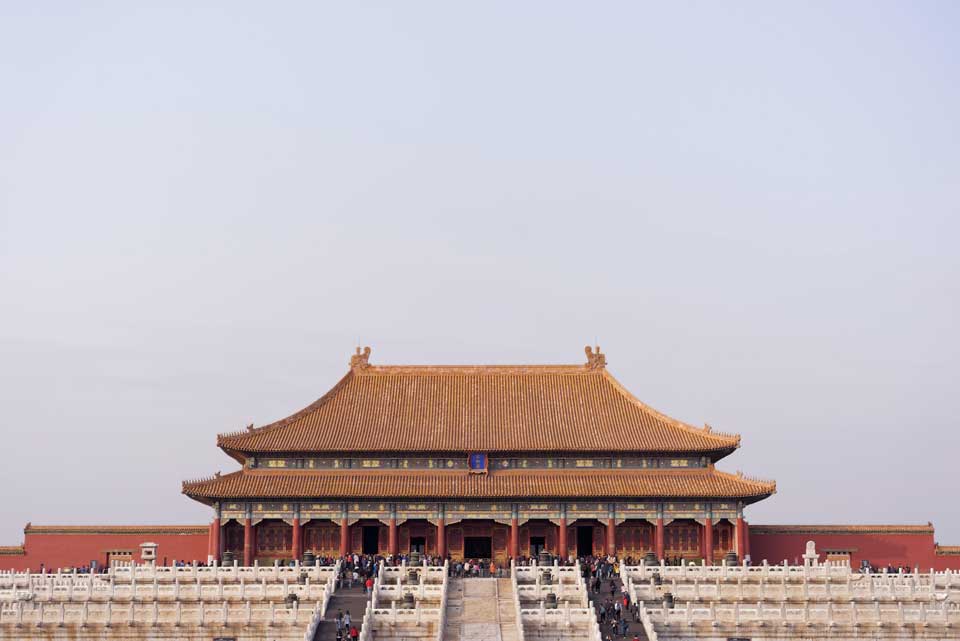
Beyond its architectural splendor, the Forbidden City is a cultural treasure trove that offers valuable insights into China’s history, art, and traditions. The vast collection within the Palace Museum houses over a million artifacts, including imperial paintings, calligraphy, ceramics, jade carvings, and precious cultural relics.
Each artifact tells a story, preserving the legacy of the Chinese empire and its dynasties. Visitors can marvel at ancient artifacts such as the intricate dragon robes worn by emperors, the legendary porcelain of the Ming and Qing Dynasties, and the delicate brushstrokes of renowned Chinese painters.
Visiting the Forbidden City is like stepping into a time capsule, immersing oneself in the grandeur and opulence of the past. The meticulously preserved buildings and cultural artifacts offer a glimpse into the daily life and customs of the imperial court. It provides a valuable window into the historical, artistic, and social aspects of Chinese civilization.
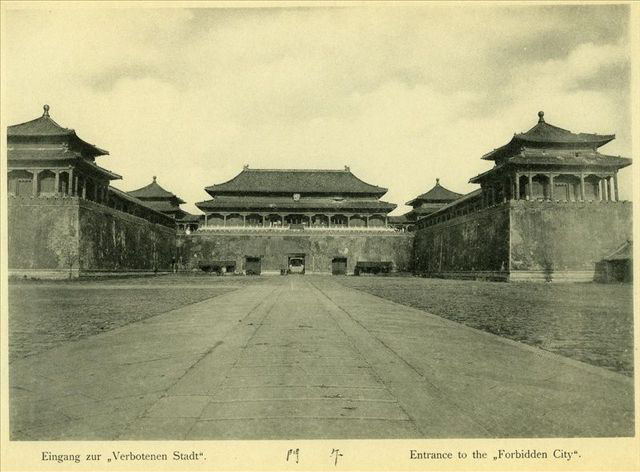
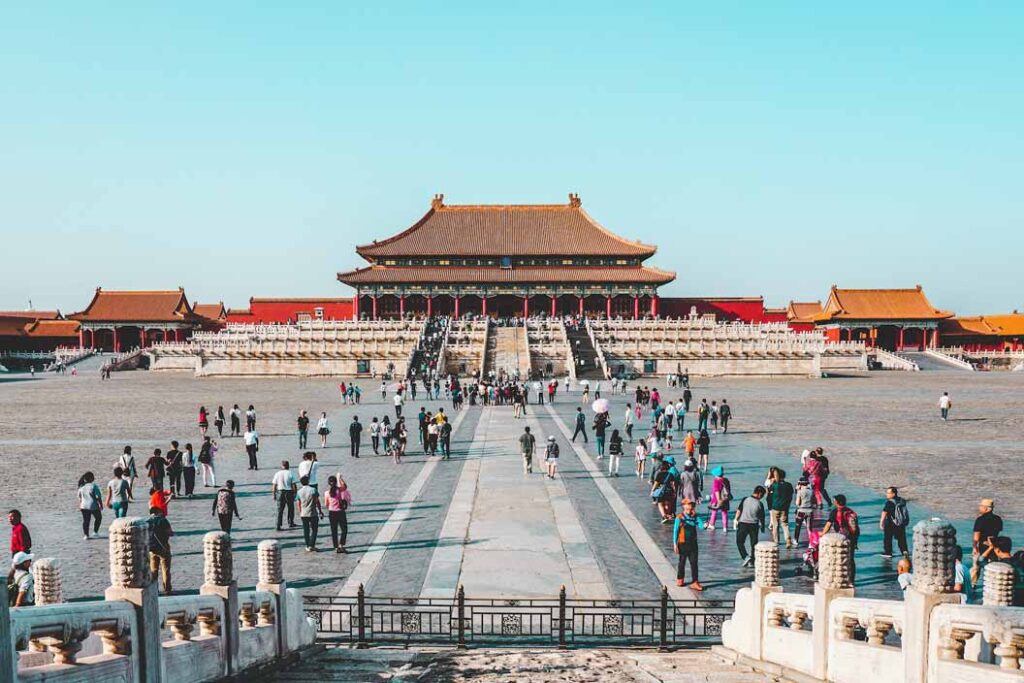
The Forbidden City stands as a timeless testament to China’s imperial past. Its magnificent architecture, rich historical significance, and cultural heritage make it an unparalleled destination for history enthusiasts and travelers alike. Exploring the Forbidden City is like stepping back in time, where you can marvel at the grandeur of the past and gain a deeper understanding of China’s glorious imperial era.
So, make sure to add the Forbidden City to your travel bucket list and prepare to be enchanted by its awe-inspiring beauty. Remember, the Forbidden City is not merely a collection of buildings; it is a living testament to China’s rich cultural tapestry and a symbol of the nation’s enduring legacy!

If you enjoyed this article and would like to read a similar one click here to see our article on The Temple of Heaven FAQs: Exploring Beijing’s Sacred Site!
And lastly, if you would like to see the rest of Beijing’s UNESCO world heritage sites please click here to see Exploring Beijing’s 7 UNESCO World Heritage Sites!